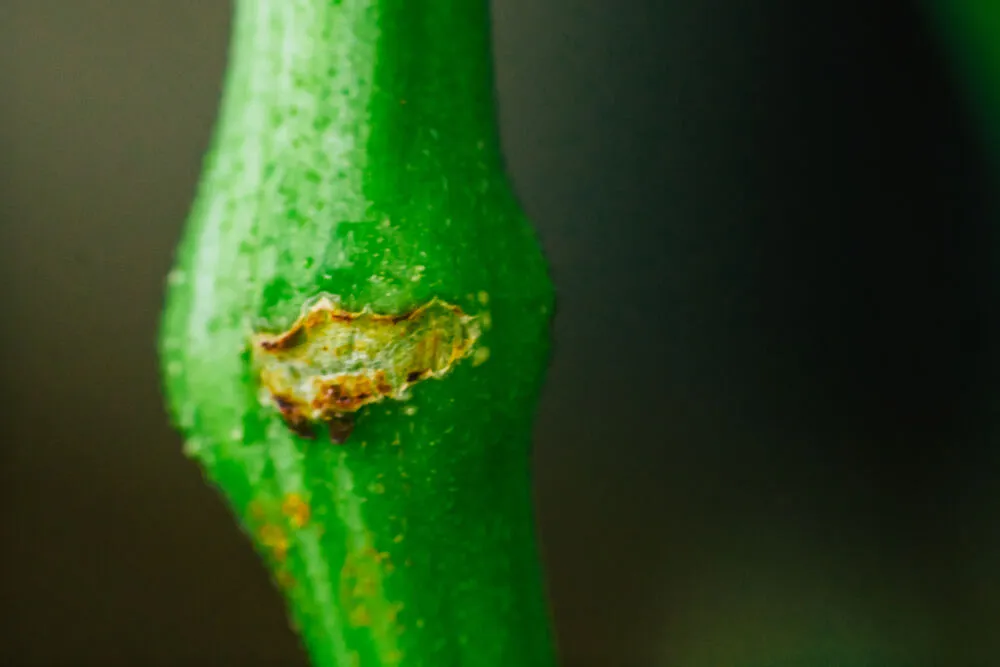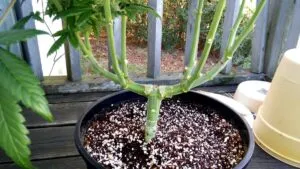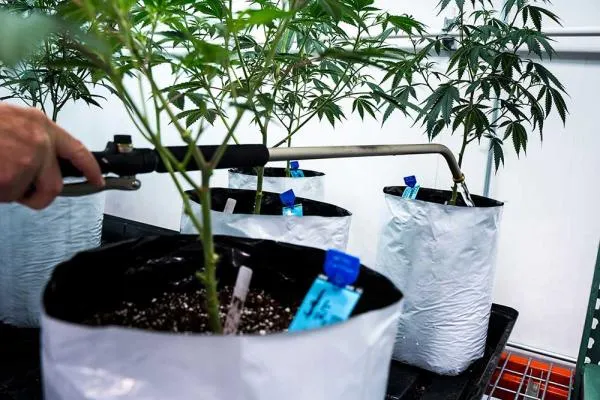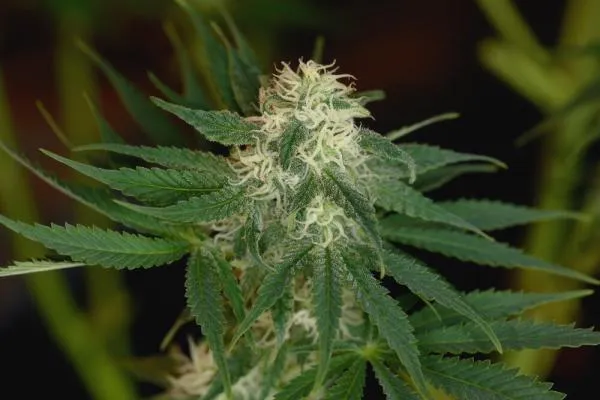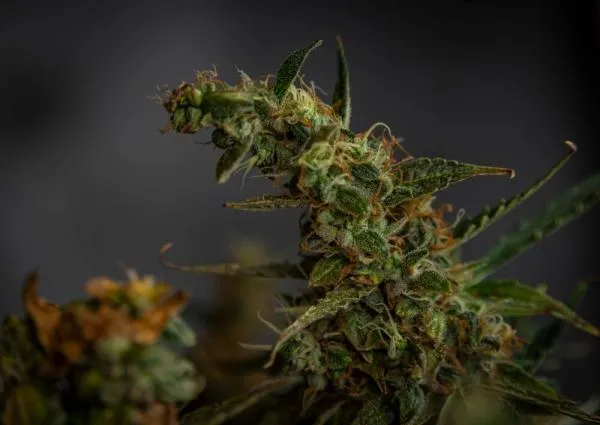Outdoor marijuana growers can let their plants grow as nature intended. But indoor marijuana growers may need to resort to cannabis plant training for various reasons, such as to keep a tall plant to a more reasonable height. Or they may choose to do so to optimize their yield. Here are 8 cannabis plant training techniques you can use to get the best from your marijuana.
Important: The first four cannabis plant training techniques are suitable for use on autoflowering plants. The second four should be kept for photoperiod strains only.
What is the difference between HST and LST?
High Stress Training (HST) and Low Stress Training (LST) are techniques used to shape and manipulate the growth of a cannabis plant.
HST involves intentionally stressing the plant by cutting or bending branches to manipulate its shape and increase the overall yield. This method can be more intense for the plant and may increase the risk of damage, but can result in a higher yield.
LST, on the other hand, involves gently bending and tying down branches to shape the plant without causing damage. This method is less intense for the plant and is often used by growers who prioritize the health of the plant over maximizing yield.
Both techniques can be effective in shaping the plant, but the choice of method depends on the grower's goals and priorities.
When should you start LST training cannabis?
LST training should be started during the early vegetative stage, when the plant is still growing. Ideally it should be started in the first 2-3 weeks of the veg stage, so that the cannabis plant has plenty of time to recover from any stress that is caused before transitioning to the flowering stage. LST can be done during later vegetative stage, however this will be less effective and can stress the plant and damage yields.
Low stress training methods
This is basically the next step up in cannabis plant training and it’s worth learning as it can really increase your yield, especially when used on weed strains that are naturally high yielding. It’s much the same idea as the previous technique. But this time instead of just bending the main stem, you bend all the branches away from the middle of the plant as it grows. So instead of turning into a Christmas tree, it develops more of a rectangular shape. This makes it much easier for the grow lights to reach all the different parts of the plant. It also decreases your chances of mold.
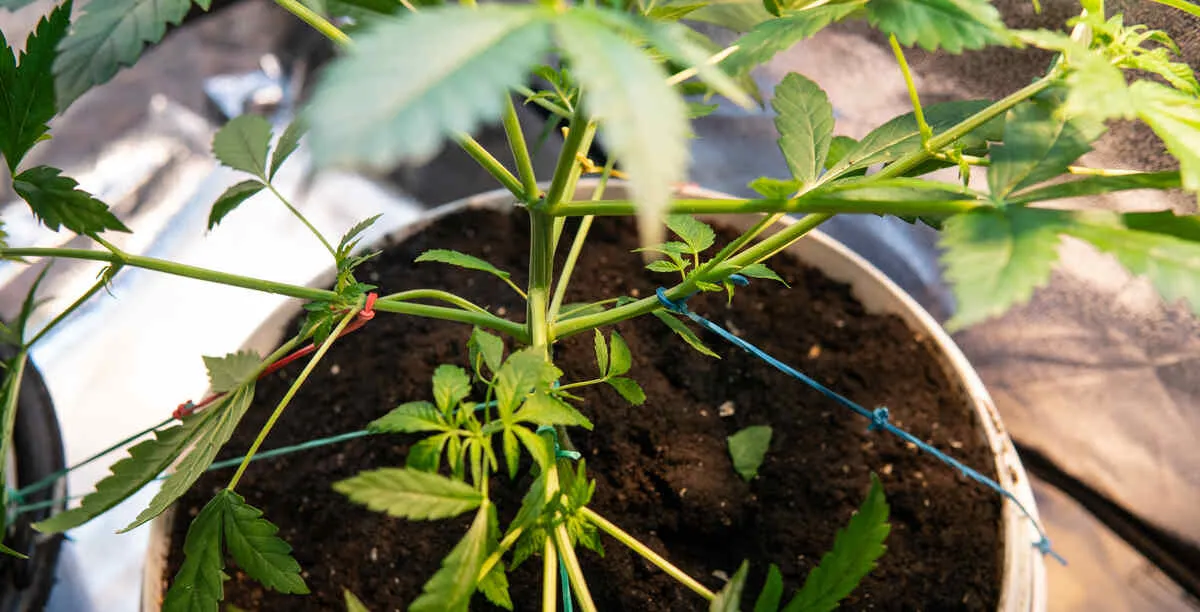
What are the benefits of LST training cannabis?
- Increased Yields: LST can lead to an increase in the number of branches and nodes, which can result in higher yields.
- Improved Light Exposure: LST allows growers to manipulate the plant's growth to ensure all parts of the plant receive equal light exposure, leading to more efficient growth and improved yields.
- Better Air Circulation: By training the plant to grow in a certain direction, growers can improve air circulation around the plant, reducing the risk of mold and disease.
- Control Over Plant Shape: LST allows growers to control the shape of their plants, which can be important in grow spaces with limited height or in outdoor grows where plants need to be trimmed for various reasons.
- Increased Resilience: By subjecting the plant to stress in a controlled environment, LST can make the plant stronger and more resilient to environmental stressors.
Can you overdo LST training?
Yes, it is possible to overdo LST (Low Stress Training) on cannabis plants. LST involves bending and tying down branches to manipulate the plant's shape and promote even growth, but if done excessively or improperly, it can cause damage to the plant and negatively impact its health and yield. It is important to carefully follow best practices and to monitor the plant's response to training to avoid overdoing it.
Screen of Green
The Screen of Green (ScrOG) system is actually really simple in both theory and practice. It just means you have to buy an extra piece of equipment, namely a mesh screen. You train your plant to put its stems through the holes in the mesh as it grows . This results in a flat shape which makes it easy for the grow lights to do their work. And you also get support for your buds as they mature.
The ScrOG method also increases light penetration and which in turn can increase yield. By promoting a flat, even canopy, growers can more efficiently utilize their grow space and avoid shading issues. The technique also makes it easier to maintain and prune plants, as well as monitor their growth and health.
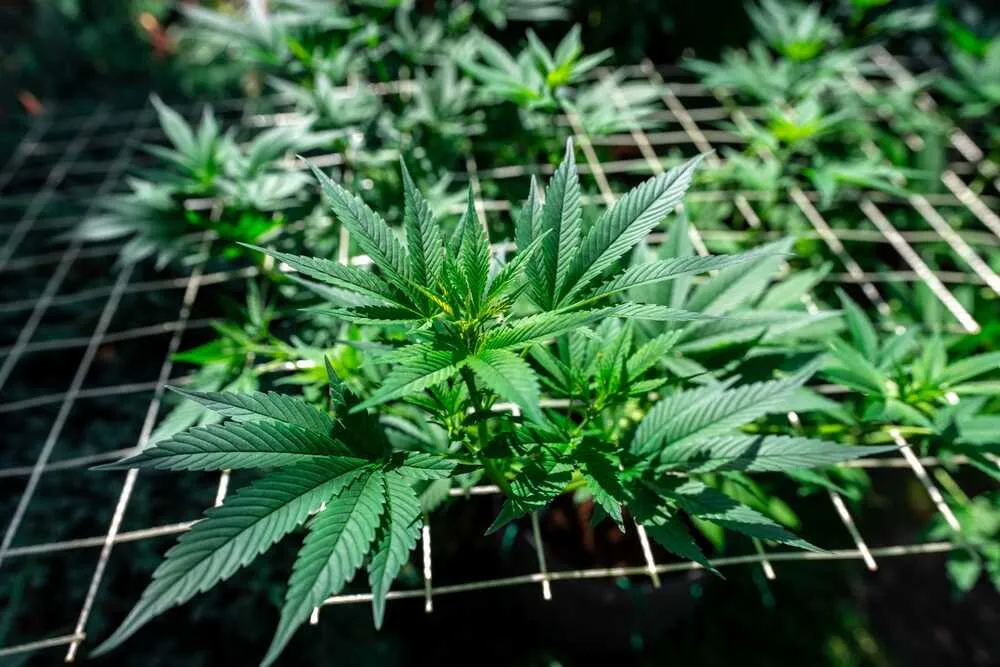
High stress training methods
Topping and FIMing
Topping and FIMing both have the same basic idea, namely to encourage the plant to grow several colas instead of just one, main cola. They achieve it in different ways. With topping, the top of the plant’s main stem is completely removed when it is a seedling. With FIMing, it is only shaved. Although FIMing is, technically, the better option since it is less stress for the plant, in practice, unless you get it absolutely right, it is more likely to fail.
Fimming and topping are pruning techniques commonly used in traditional, photoperiod cannabis plants to promote bushier growth and increase yields. However, these techniques are not suitable for autoflowers as they have a predetermined life cycle and do not respond well to excessive pruning. Autoflowers typically grow in a simple, single stem structure and any significant interference with their growth pattern can greatly reduce yields and delay maturity. It's best to let autoflowers grow naturally and without interference for best results.
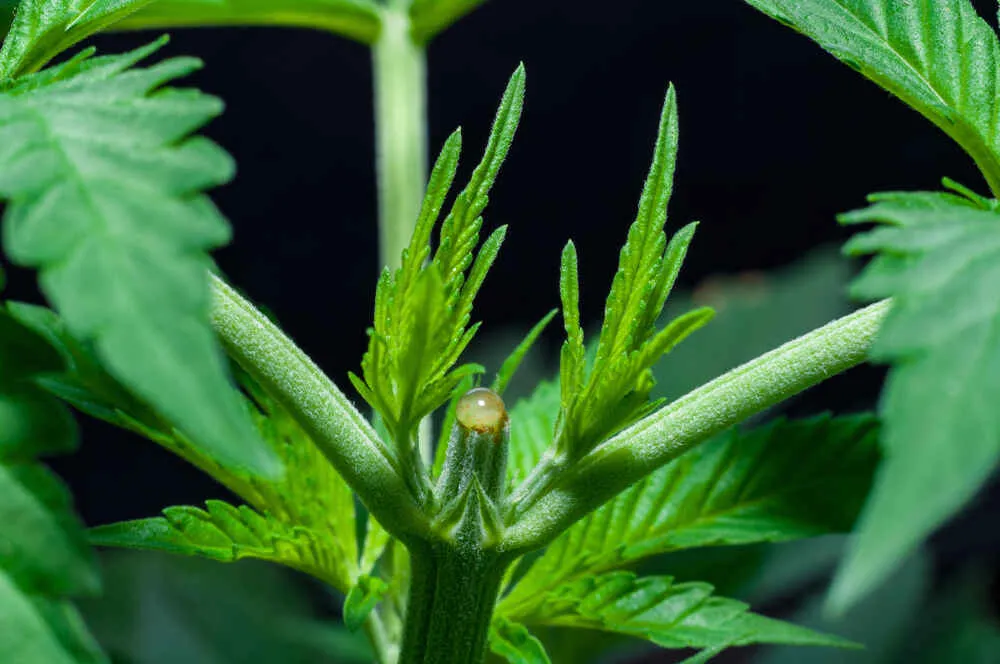
Manifolding
Manifolding is essentially a variation on topping with the main difference being that you top the plant twice so that it forms a candelabra shape. The advantage of manifolding is that it can supercharge your yield encouraging buds to grow bigger and longer as well as more uniformly. The disadvantages of manifolding is that if you get it wrong, it can really damage your plant. But if you get it right, you can still expect it to add significantly to your grow time. As in at least one week, maybe up to two.
Again manifolding is a high stress technique and so it is not well suited to autoflowering cannabis strains due to their shorter life cycles.
Defoliation
Defoliation is another “handle-with-care” strategy. The basic idea is simple enough, you remove the fan leaves to give the growing buds the maximum exposure to light. The key is to do this at the right time and to the right degree. You only defoliate right before the switch to the flowering stage. And once or twice during the flowering stretch period, when the plant is undergoing its most rapid growth.
During this period, you only remove the fan leaves which are blocking the buds, from receiving the full benefit of the grow lights. Once this is done, you leave it until harvest time. Only remove more fan leaves before harvest if there is a compelling reason for doing so. Just before harvest you can then start removing the fan leaves as part of the trimming process.
Of all of the HST plant training methods, defoliation is the only one that can be safely used with autoflowers. Using this method carefully will allow you to improve air flow and light penetration, resulting in bigger healthier plants. However, it is important to not over-defoliate and to remove no more than 10% of the leaves at a time starting with any dying or unhealthy looking ones.
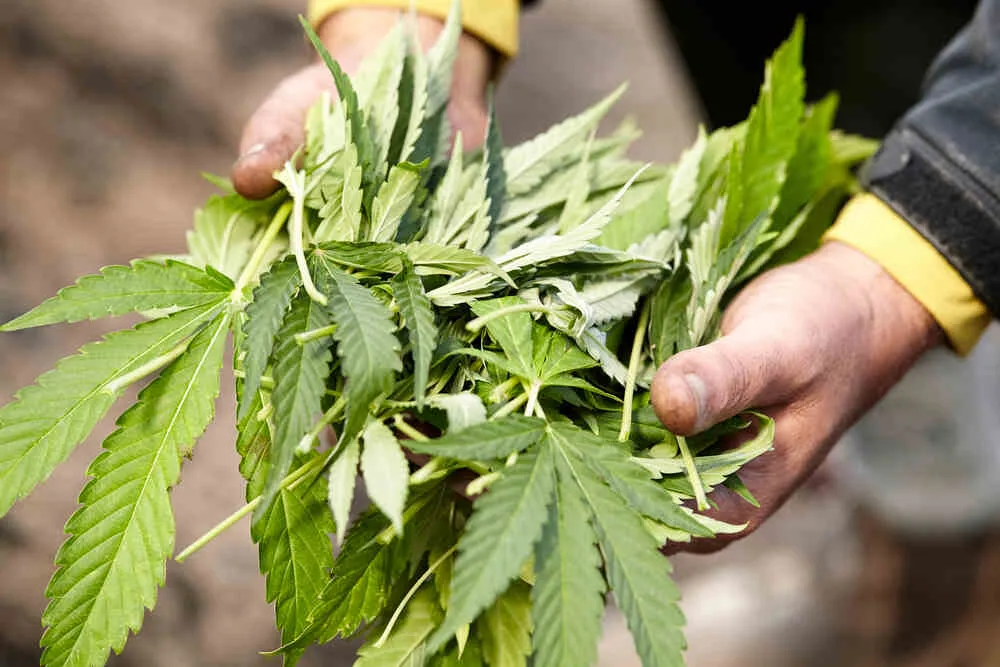
Supercropping
Supercropping is a bit more difficult to master, but if you’ve set your heart on growing Sativas then it’s a handy skill to know. The key to supercropping is to choose stems which are still on the greener side. Rather than ones which are basically wood. Then you want to loosen up the inner tissue by holding the stem firmly and wriggling it between your fingers. Once you have damaged the inside enough to make the stem pliable, then bend it.
Again the basic idea is to create a flat, rectangle shape. Supercropping is a great way not just to lower the height of plants but to promote even growth. Rather than having one or two stems which just shoot up way ahead of the others. Even though the idea of supercropping is that you bend the stem without damaging the outer skin of the plant, if you do wind up delivering a cut don’t panic. Secure it with duct tape and leave it. The chances are your plant will repair itself nicely.
